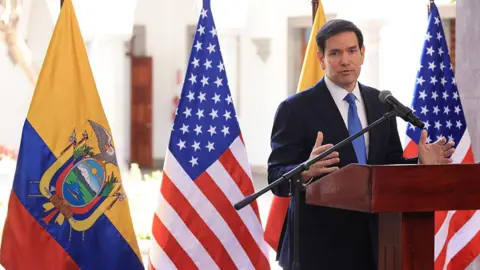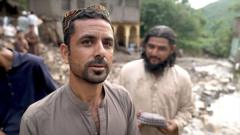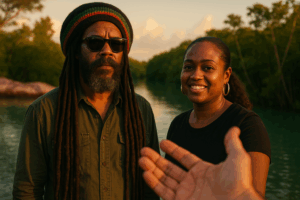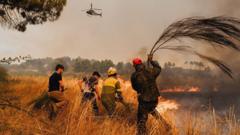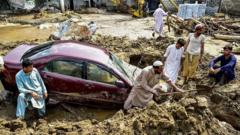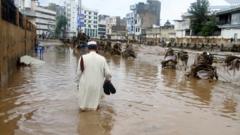Archaeologists have recently discovered a remarkable ancient city named Peñico, revealing an essential chapter in Peru's history. Located in Barranca province, around 200 kilometers north of Lima, Peñico dates back 3,500 years, making it a vital trading hub that facilitated connections between early Pacific coast communities and those inhabiting the Andes mountains and the Amazon basin.
The site, perched approximately 600 meters above sea level, is believed to have been founded between 1,800 and 1,500 BC, contemporaneous with flourishing civilizations in the Middle East and Asia. This find offers valuable insights into the fate of the region's oldest civilization, Caral.
Drone footage showcases the unusual circular structure at Peñico's center, encircled by remnants of stone and mud buildings. Over eight years, researchers have excavated 18 significant structures, including ceremonial temples and residential complexes adorned with ceremonial objects, clay sculptures, and decorative bead necklaces made from seashells.
Peñico's location is crucial as it lies near the ruins of Caral, considered the oldest known civilization in the Americas, established 5,000 years ago in the Supe Valley. Caral boasts 32 monumental structures, extensive irrigation systems, and emerging urban settlements, reportedly developing independently of other ancient civilizations like those in India, Egypt, Sumeria, and China.
Dr. Ruth Shady, the archaeologist leading the Peñico excavation and known for her earlier work at Caral in the 1990s, remarked on the importance of this discovery for understanding the impact of climate change on the Caral civilization. She emphasized that Peñico was strategically positioned for trade and interaction with various societies along the coast, in the highlands, and the surrounding jungle.
During a press conference announcing these groundbreaking findings, Marco Machacuay, an archaeologist with the Ministry of Culture, stated that the significance of Peñico lies in its role as a continuation of the Caral society.
Peru has long been a treasure trove of significant archaeological findings, including iconic sites such as the Inca citadel of Machu Picchu and the enigmatic Nazca Lines etched into the coastal desert.






